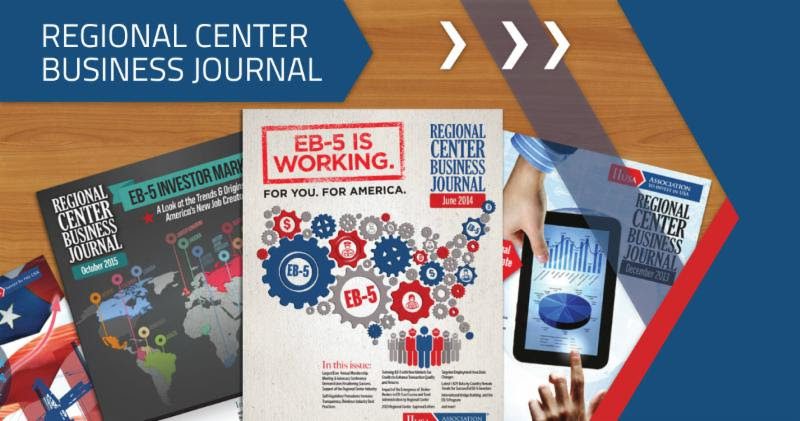By Osvaldo Torres, Principal, Torres Law and Barbara Rassi, Associate Attorney, Torres Law
Federal securities laws are based on the notion that investment and voting decisions should be predicated based on full disclosure of the information necessary “to bring into full glare of publicity those elements of real and unreal values which lie behind a security.” Specifically, these laws focus on mandating the disclosure of material information. For example, Rule 10b-5 of the Securities Exchange Act of 1934 (“Exchange Act”) prohibits disclosing any untrue statement of material fact or the omission of a material fact that is necessary to prevent statements already made from becoming misleading, in connection with the purchase or sale of securities. Moreover, Rule 14a-9, promulgated under Section 14(a) of the Exchange Act, provides that no proxy solicitation shall be made “which . . . is false or misleading with respect to any material fact, or which omits to state any material fact necessary in order to make the statements therein not false or misleading.” Accordingly, the standard for materiality has played a central role in the jurisprudence of federal securities laws. Although this article does not thoroughly analyze what constitutes a material change in the context of the Employment Based Fifth Preference Program (“EB-5 Program”), it is enough to conclude for now that the securities laws generally would cast a wider net in terms of “materiality” than would the United States Citizenship and Immigration Services (“USCIS”) in the adjudication of individual EB-5 investor petitions.
In the context of federal securities laws, the standard for materiality is whether there is a substantial likelihood that a reasonable investor would consider the misstatement or omission important in deciding whether to purchase or sell a security. Accordingly, this “reasonable investor” standard is an objective determination and courts have generally held that vague statements expressing optimism, belief or puffery may be “such obvious hyperbole that no reasonable investor would rely upon them.”
The determination of materiality is a mixed question of law and fact, and the Securities and Exchange Commission (“SEC”) has made clear that there is no bright-line quantitative test for materiality. The Supreme Court has likewise noted that having absolute certainty in the application of materiality is an “illusory” and “unrealistic” goal. Despite not articulating a bright-line rule, the Supreme Court has held that a misstated or omitted fact is material if a reasonable investor would have viewed it as significantly altering the “total mix of information made available.” The Supreme Court reaffirmed this “total mix” standard in 2011 in Matrixx Initiatives, Inc. v. Siracusano. In Siracusano, the Supreme Court rejected the defendant pharmaceutical company’s policy that adverse event reports relating to its products are immaterial unless they pose a statistically significant risk that the product was the cause of the consumer’s injuries. Instead, the Supreme Court reiterated that the undisclosed adverse event report in question, although not deemed statistically significant, was material as judged by the “total mix” standard. The Supreme Court further noted that this standard does not impose an affirmative duty to disclose material information, but only requires disclosure when it is necessary “to make . . . statements made, in the light of the circumstances under which they were made, not misleading.”








